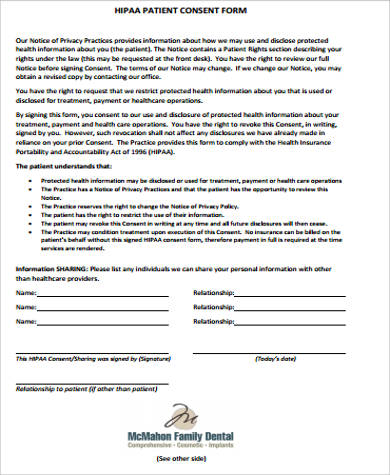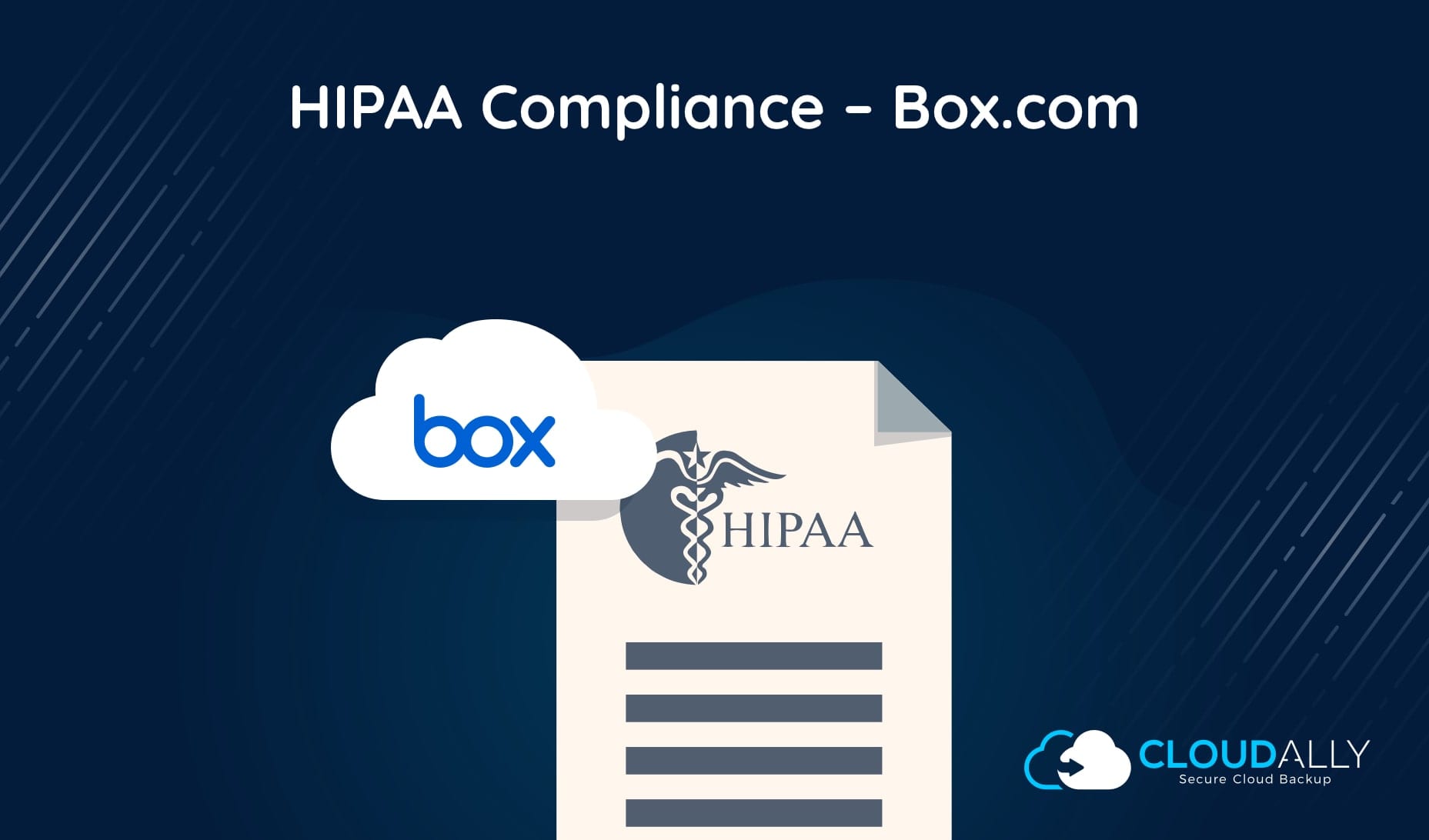

- #2017 HIPAA COMPLIANCE FORMS SOFTWARE#
- #2017 HIPAA COMPLIANCE FORMS PASSWORD#
- #2017 HIPAA COMPLIANCE FORMS PROFESSIONAL#
If any information is stored in the software or program you use for telehealth, you will want to ensure that emergency access is available.

There are plenty of examples like the Advocate Health Care Settlement where a remote wipe technology might have helped significantly reduce the fines incurred. While there is nothing in HIPAA compliance regulations that specify a remote wipe feature is required, you will want to ensure that a mobile device can be wiped remotely if it is lost or stolen.

Speaking of a remote wipe feature, this is another great item to add to your checklist. If the mobile device is lost or stolen, you will want the information as protected as possible before remotely wiping it. This is particularly important if a mobile device is used for health care purposes. There should be a time-out feature in case a patient or doctor steps away from the session or portal for a specified length of time, the software will log the user out so no one can access the information. This is an addressable requirement, which means that it is somewhat optional in that you must determine how it can be feasibly administered at your office.
#2017 HIPAA COMPLIANCE FORMS PASSWORD#
If the patient is accessing ePHI on a portal system or logging into a telehealth session, there should be a method to authenticate that patient meaning that the patient uses a unique username and password to log in to their sessions or portal. Ideally, you should have a telehealth software or program that is already HIPAA compliant and will offer you encryption for electronic protected health information (ePHI). HIPAA compliance requires the patient information be encrypted, or if not financially feasible, some other way of obfuscating the information. HIPAA compliance items to think about when delivering telehealth So, there is a high likelihood that your organization needs to be HIPAA compliant. It’s also important to note that your health care organization will need to be HIPAA compliant to receive reimbursement from insurance companies. Regardless of whether you must be HIPAA compliant or not, the HIPAA Security Rule is a great place to start to help ensure patient information is still protected when using these new forms of communication. Technologies include video conferencing, the internet, store-and-forward imaging, streaming media, and terrestrial and wireless communications.”
#2017 HIPAA COMPLIANCE FORMS PROFESSIONAL#
The Health Resources and Services Administration (HRSA) defines telehealth as “the use of electronic information and telecommunication technologies to support and promote long-distance clinical health care, patient and professional health-related education, public health and health administration. Telehealth has become somewhat of a buzzword now that many health care organizations are looking for ways to make health care more accessible to their patients.


 0 kommentar(er)
0 kommentar(er)
